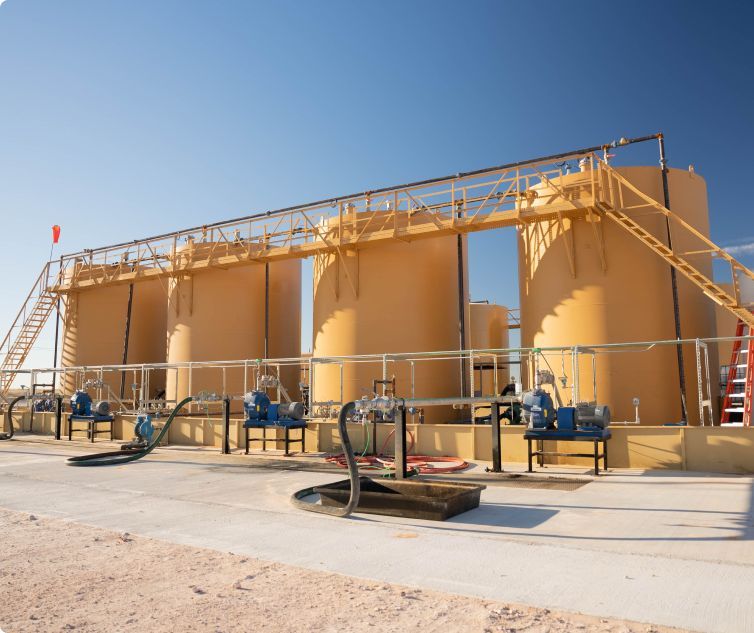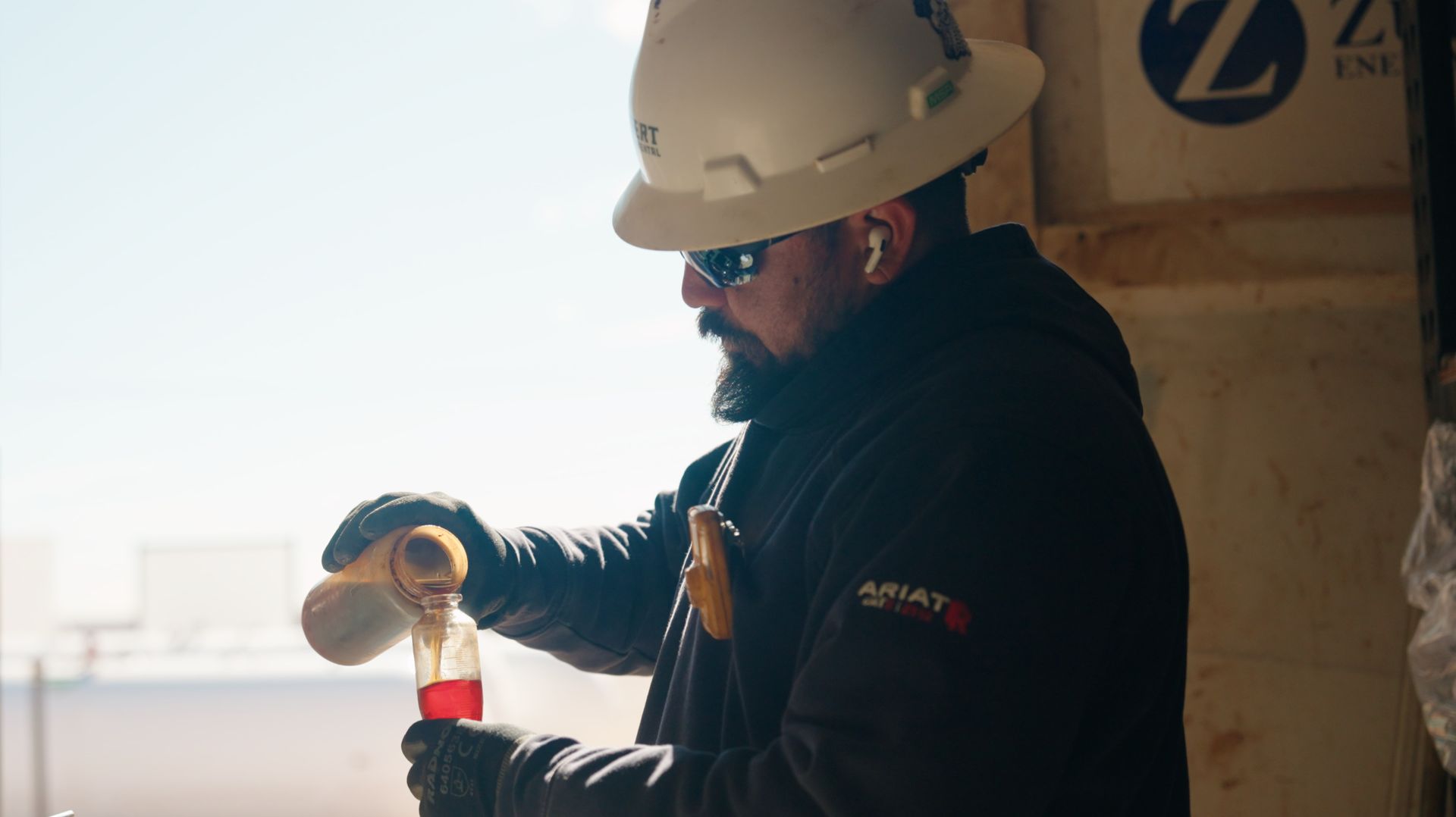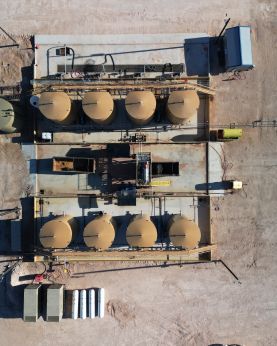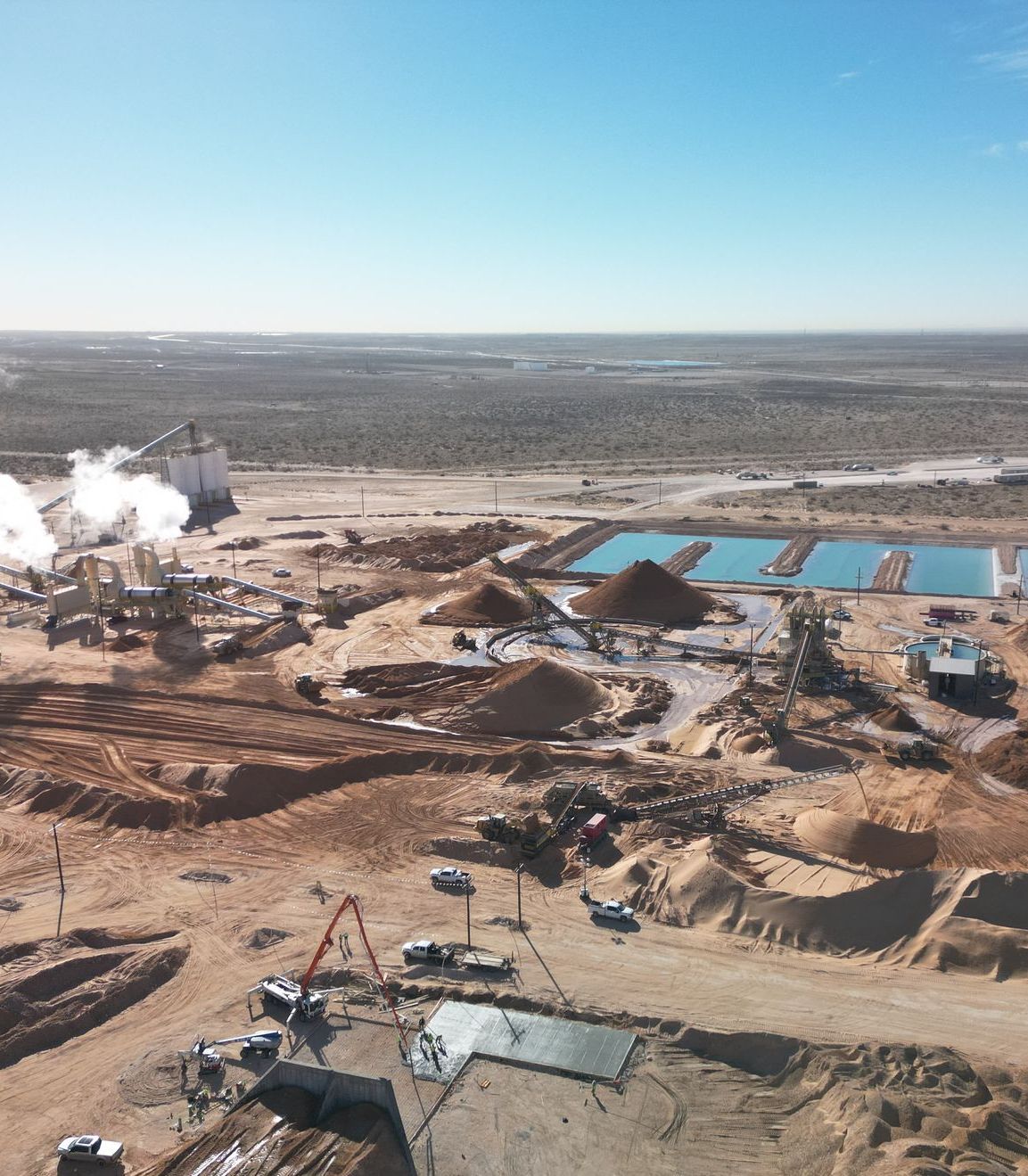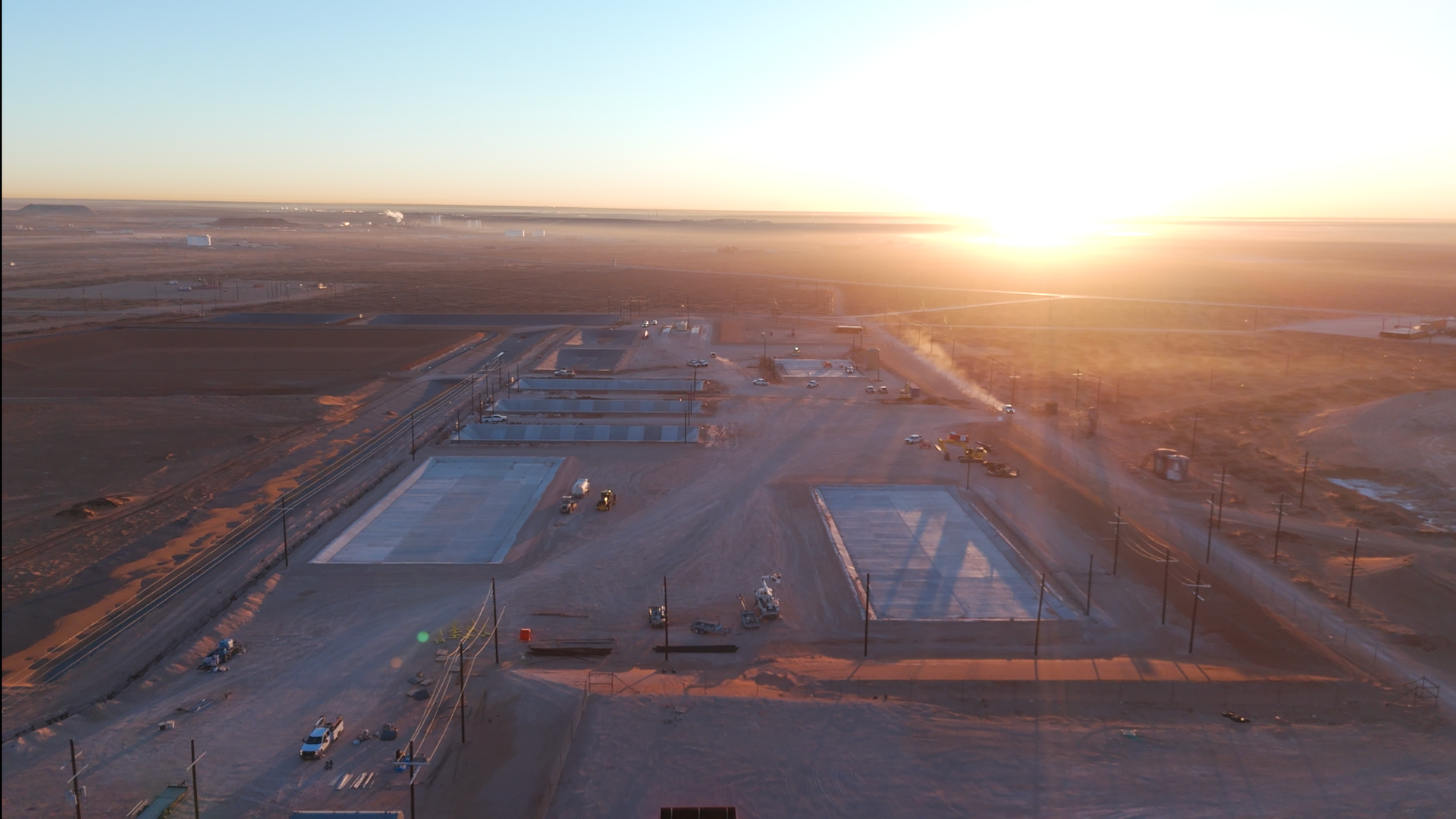How to Develop an Effective Contaminated Soil Management Plan
At Desert Environmental, we understand that contaminated soil is a significant environmental challenge that requires careful planning and effective management. Whether it’s due to industrial activities, accidental spills, or historical land use, soil contamination can pose serious risks to public health and local ecosystems. As a trusted leader in environmental solutions, our mission is to help you navigate these complexities with confidence and precision.
Developing an effective contaminated soil management plan is essential for mitigating these risks and ensuring regulatory compliance. Such a plan serves as a roadmap for identifying contaminants, assessing their impact, and implementing targeted remediation strategies. By creating a structured and comprehensive approach, businesses can protect their sites, employees, and surrounding communities from the harmful effects of soil contamination.
In this blog post, we’ll guide you through the critical steps to develop a contaminated soil management plan that addresses site-specific challenges and aligns with industry best practices. From conducting a thorough site assessment to evaluating the effectiveness of remediation efforts, Desert Environmental is here to provide the expertise and support you need every step of the way. Let’s get started on building a safer, cleaner future.
Step 1: Conduct a Site Assessment
Conducting a site assessment is the foundational step in developing an effective contaminated soil management plan. At Desert Environmental, we believe that understanding site-specific characteristics and identifying contaminants is crucial for crafting a remediation strategy. Here’s how to approach this critical phase:
Identify Contaminants
Soil Testing and Analysis: Use advanced techniques like gas chromatography to identify contaminants such as heavy metals, hydrocarbons, and pesticides.
Review of Historical Data: Examine past land use records to understand potential contamination sources.
Visual Inspections: Conduct on-site inspections to detect visible signs of contamination like discoloration or unusual odors.
Stakeholder Interviews: Gather insights from local stakeholders about past site activities that may have led to contamination.
Assess Environmental Impact
Ecosystem Health: Evaluate the impact of contaminants on local ecosystems, considering factors like bioaccumulation and effects on wildlife.
Water Resources: Assess risks of contaminants leaching into groundwater or surface water.
Human Health Risk: Consider exposure risks to humans, especially if the site is near residential areas.
Regulatory Compliance: Review relevant regulations to ensure compliance and minimize liability.
Mapping and Documentation
Site Mapping: Create maps highlighting contaminated areas and potential migration pathways.
Documentation and Reporting: Compile findings into a comprehensive report to guide remediation strategies.
By conducting a thorough site assessment, you lay the groundwork for a contaminated soil management plan that addresses site-specific challenges and prioritizes environmental and human health. At Desert Environmental, our expertise ensures informed decision-making for effective remediation.
Step 2: Set Objectives and Goals
After completing a site assessment, the next step in developing a contaminated soil management plan is to set clear objectives and goals. At Desert Environmental, we emphasize establishing well-defined objectives to guide remediation efforts effectively. This involves setting targets and prioritizing actions based on site-specific conditions and regulatory requirements.
Define Clear Objectives
Setting clear objectives is essential for a successful soil management plan. Here are key considerations:
- Remediation Goals: Define desired outcomes, such as reducing contaminant levels to meet regulatory standards, restoring soil health, and minimizing human and environmental risks.
- Regulatory Compliance: Align objectives with local, state, and federal regulations to mitigate legal risks and demonstrate environmental stewardship.
- Health and Ecosystem Protection: Prioritize goals that safeguard human health, drinking water sources, and local wildlife.
- Long-Term Sustainability: Promote objectives that ensure future soil quality and enhance ecosystem resilience.
Prioritize Actions
Once objectives are defined, prioritize actions to achieve these goals effectively:
- Risk Assessment: Identify pressing contamination issues and prioritize actions based on human health, ecosystems, and compliance impacts.
- Urgency and Feasibility: Evaluate the urgency and feasibility of actions, considering contamination severity and available resources.
- Cost-Effectiveness: Balance costs with environmental and health benefits to use resources efficiently without compromising safety.
- Stakeholder Input: Engage with stakeholders for input on prioritization to enhance the plan’s effectiveness and acceptance.
- Timeline and Milestones: Establish a clear timeline with specific milestones to track progress and make necessary adjustments.
Align with Broader Goals
Consider how your soil management plan aligns with broader environmental and community goals:
- Community Well-being: Integrate community benefits, such as restoring land for public use or enhancing green spaces.
- Climate Change Mitigation: Support climate efforts through strategies like carbon sequestration and biodiversity promotion.
- Economic Opportunities: Explore economic opportunities from remediation, such as site redevelopment or tourism.
By setting clear objectives and prioritizing actions, you create an effective soil management plan that is aligned with broader environmental and community goals. At Desert Environmental, we are committed to designing plans that achieve meaningful outcomes for people and the planet.
Step 3: Develop Remediation Strategies
Once objectives and priorities are set, the next crucial step in creating an effective contaminated soil management plan is developing tailored remediation strategies. At Desert Environmental, we know that no two sites are alike, which is why a customized approach is essential for successful soil remediation. Here’s a guide to selecting the right remediation techniques and creating a comprehensive action plan:
Select Appropriate Remediation Techniques
Choosing the right remediation techniques is vital for addressing specific contaminants and site conditions. Here are some common strategies:
- Bioremediation: Uses microorganisms to break down organic pollutants. It’s a cost-effective, environmentally friendly method ideal for hydrocarbons and pesticides.
- Soil Washing: Involves washing soil with water or chemicals to remove pollutants, suitable for heavy metals and inorganic contaminants.
- Excavation and Disposal: Removes contaminated soil for disposal, offering a quick solution for high concentrations or immediate risk reduction.
- Phytoremediation: Utilizes plants to absorb or detoxify contaminants, enhancing biodiversity and suitable for metals and organics.
- Thermal Desorption: Heats soil to volatilize pollutants for collection, effective for volatile organic compounds (VOCs).
Create a Detailed Action Plan
Develop a comprehensive action plan with specific steps, timelines, and responsibilities:
- Define Scope and Objectives: Outline project areas, remediation techniques, and set measurable goals and KPIs.
- Develop a Timeline: Schedule remediation stages considering seasonal variations, regulatory deadlines, and resources.
- Assign Roles and Responsibilities: Clarify roles for team members and stakeholders, ensuring clear communication and collaboration.
- Prepare Contingency Plans: Anticipate potential issues like equipment malfunctions or adverse weather and outline mitigation strategies.
- Implement Monitoring and Quality Control: Establish protocols to assess progress and ensure regulatory compliance.
Consider Environmental and Community Impacts
While developing strategies, consider the broader impacts of your plan:
- Environmental Sustainability: Use eco-friendly techniques that minimize disruption and enhance restoration, integrating green infrastructure and biodiversity.
- Community Engagement: Communicate goals and outcomes with local communities, addressing concerns and incorporating feedback to foster transparency.
By selecting appropriate techniques and creating a comprehensive action plan, you can effectively address soil contamination challenges and achieve remediation goals. At Desert Environmental, our expertise ensures that your plan is executed efficiently and safely, aligning with environmental and community priorities.
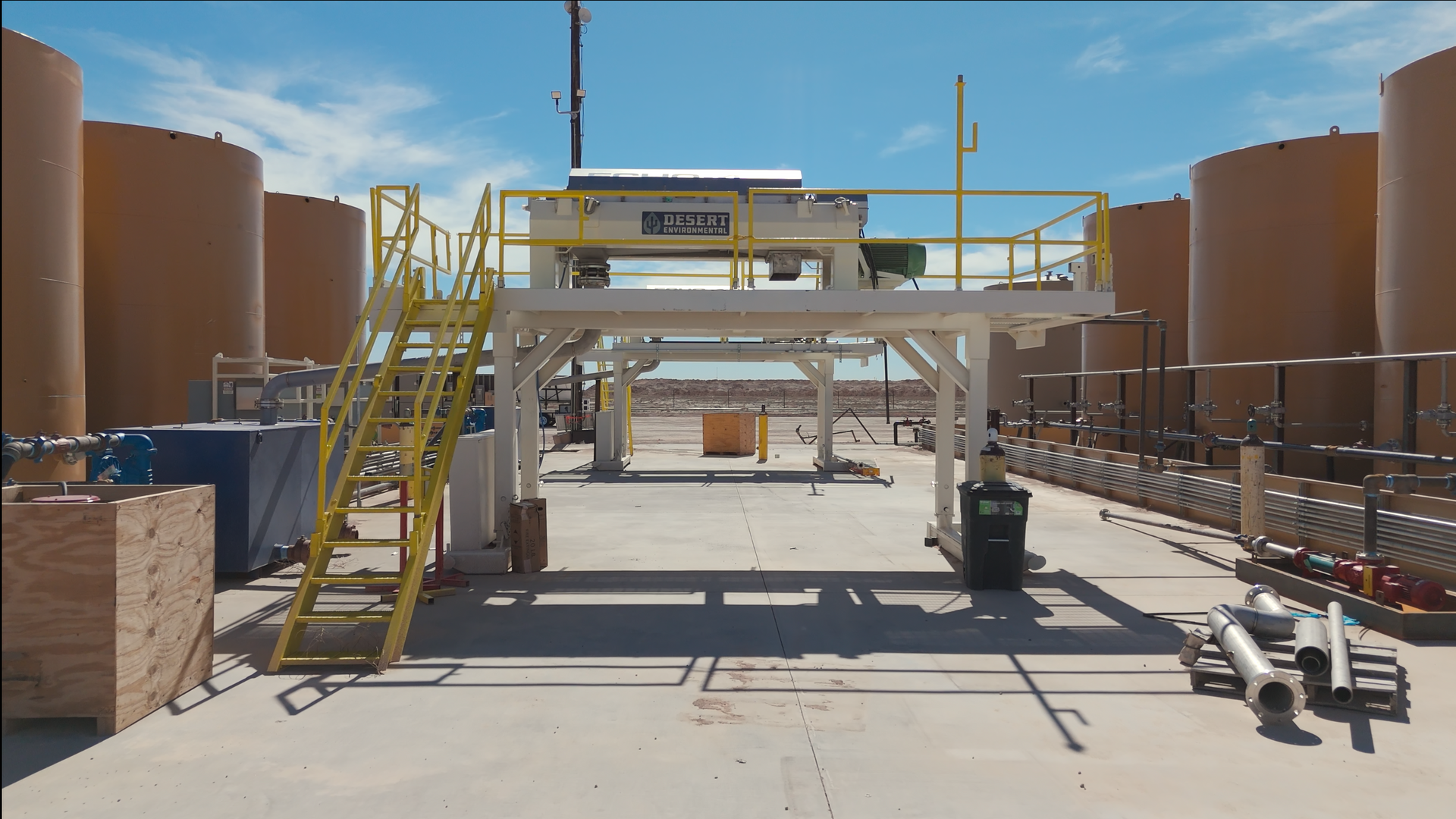
Step 4: Implement the Plan
With a well-structured action plan in place, implementation is where your contaminated soil management plan comes to life. At Desert Environmental, execution requires attention to detail and expert professionals. Here's how to ensure successful implementation:
Engage Qualified Professionals
The success of your plan depends on the expertise of your team:
- Hire Experienced Specialists: Choose professionals with experience in soil remediation and environmental management. Ensure they hold relevant licenses and certifications.
- Collaborate with Multidisciplinary Teams: Involve experts in environmental science, engineering, and project management to ensure a comprehensive approach.
- Utilize Advanced Technology: Employ the latest technology, such as remote sensing and drones, to enhance efficiency and accuracy.
Monitor Progress
Continuous monitoring is crucial for assessing the effectiveness of remediation efforts:
- Set Up Monitoring Protocols: Conduct regular soil testing and monitor environmental indicators like groundwater and air quality.
- Implement Quality Control Measures: Ensure data accuracy and compare results against benchmarks to evaluate performance.
- Adjust Strategies as Needed: Adapt strategies based on monitoring results and foster a culture of continuous improvement.
Communicate with Stakeholders
Effective communication fosters transparency and trust:
- Provide Regular Updates: Share progress reports and updates with stakeholders, and consider hosting public meetings for feedback.
- Address Concerns Promptly: Respond to inquiries and incorporate stakeholder feedback into decision-making.
- Highlight Positive Impacts: Share success stories and positive impacts of remediation efforts, such as improved soil quality or community benefits.
By engaging professionals, monitoring diligently, and communicating openly with stakeholders, you can ensure the successful implementation of your contaminated soil management plan. At Desert Environmental, we support you every step of the way to turn your remediation vision into reality.
Step 5: Evaluate and Update the Plan
After implementing your contaminated soil management plan, it's essential to evaluate its effectiveness and make necessary updates for long-term success. At Desert Environmental, we emphasize a proactive approach to continuous improvement for sustainable remediation outcomes.
Assess Plan Effectiveness
Evaluate your plan's outcomes against initial objectives:
- Post-Remediation Testing: Conduct soil sampling and analysis to assess contaminant reduction and soil quality improvements. Verify if the remediation met objectives like regulatory compliance and environmental risk reduction.
- Environmental Impact Assessment: Analyze the impact on ecosystems and assess human health risks to ensure public safety.
- Cost-Benefit Analysis: Compare remediation costs against benefits such as property value improvements and reduced liability. Identify cost-effective solutions for future enhancements.
Update and Improve
Identify opportunities for improvement through evaluation:
- Analyze Lessons Learned: Review challenges and successes to inform future projects. Gather stakeholder feedback for diverse insights.
- Incorporate New Technologies: Embrace emerging technologies and innovative techniques for enhanced efficiency and sustainability.
- Adapt to Changes: Stay updated on regulations and site conditions, ensuring your plan remains compliant and adaptable.
- Set New Goals: Refine objectives and consider expanding the scope to include broader environmental initiatives.
Foster Long-Term Sustainability
Ensure your plan's sustainability for environmental integrity and community well-being:
- Implement Monitoring Programs: Establish ongoing monitoring to track conditions and detect emerging issues promptly.
- Engage with the Community: Foster community involvement in environmental stewardship and raise awareness through educational initiatives.
- Promote Sustainable Land Use: Restore remediated sites for beneficial uses like green spaces and implement conservation practices.
By evaluating and updating your contaminated soil management plan, you ensure effective, adaptive, and sustainable remediation efforts. At Desert Environmental, we are committed to achieving lasting success through continuous improvement and innovative solutions.
Your Partner in Effective Contaminated Soil Management
At Desert Environmental, our mission is to help you navigate the complexities of contaminated soil management with confidence and precision. Our team of experienced specialists is dedicated to providing tailored solutions that protect your site, employees, and surrounding communities. Whether you're dealing with soil contamination from industrial activities or historical land use, we have the expertise to guide you through every step of the process.
By following the steps outlined in this guide, you can create a well-structured management plan that not only addresses site-specific challenges but also aligns with industry best practices and regulatory requirements. From identifying contaminants to engaging qualified professionals and incorporating stakeholder feedback, every step is crucial for ensuring successful remediation outcomes.
Ready to take the next step towards a cleaner, safer future? Contact us today to discuss how we can assist you in developing and implementing an effective contaminated soil management plan tailored to your specific needs. Together, we can ensure a healthier environment for generations to come.

© 2024 Desert Environmental | All Rights Reserved. Website by Roundhouse.


